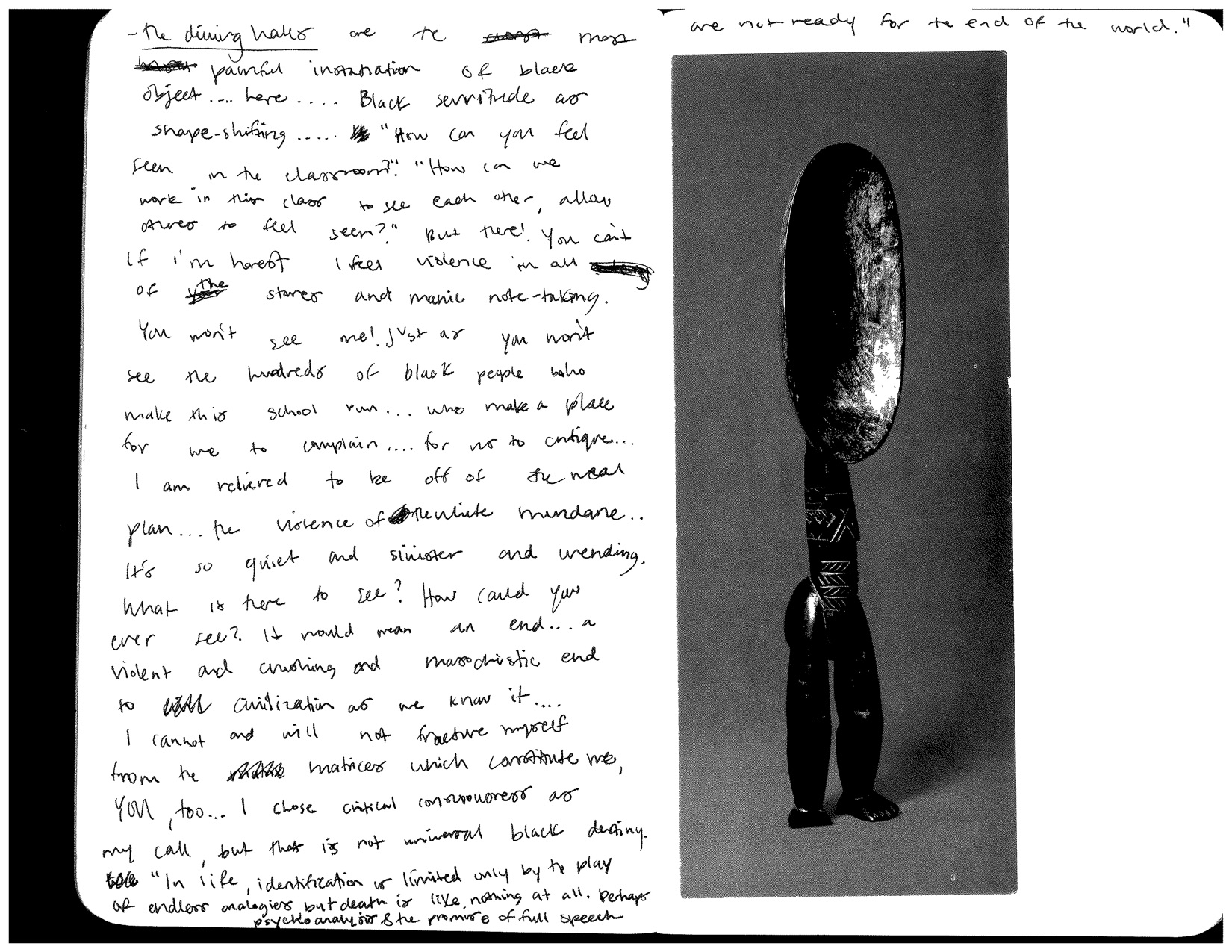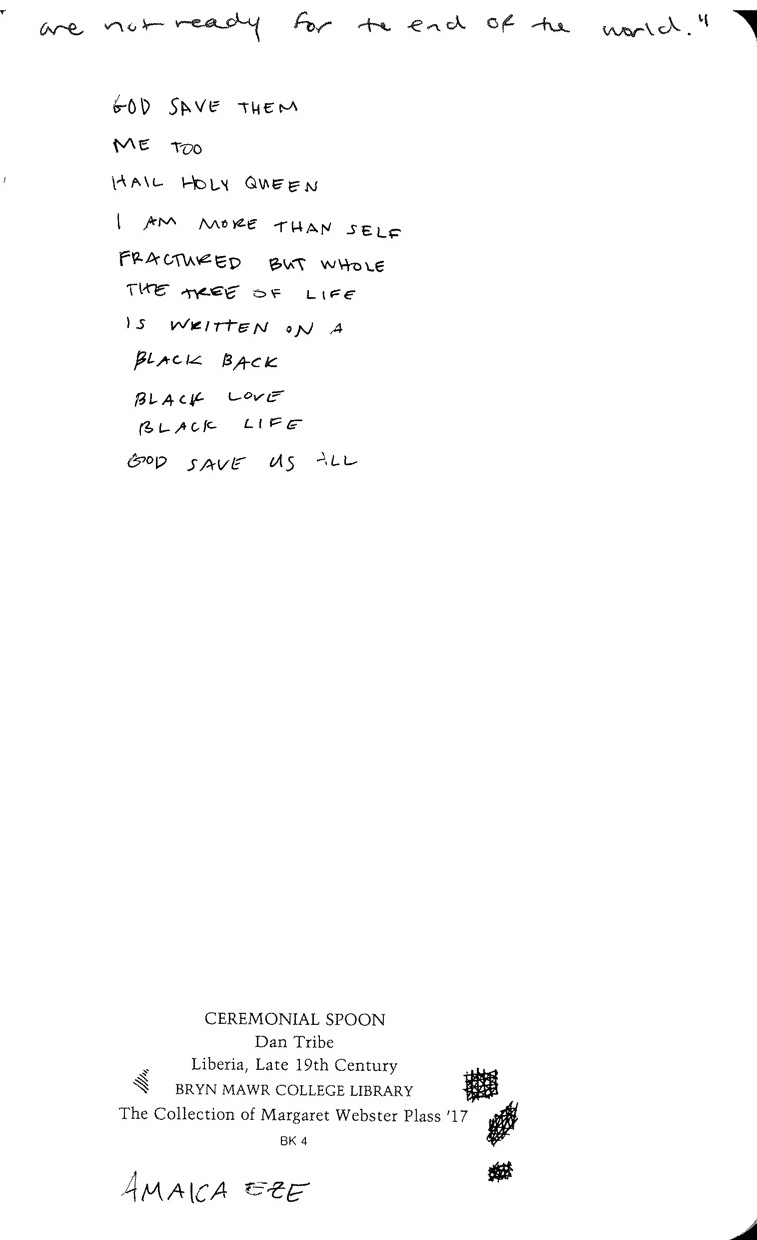Slipping in Omelas
By RellieSeptember 29, 2016 - 23:06

In “Slipping into Something More Comfortable” the concept of “slipping” is introduced as “an act of associative miss-speaking” (Cohen and Dalke 1), meaning it could be a Freudian slip, stereotyping, even micro aggression. It is usually negative but can become positive through regression into playful child-like behavior. However, for the sake of this paper, I will focus on the negative aspects of slipping that are offensive and even harmful in the short story “The Ones Who Walk Away from Omelas”. Slipping occurs in the actions and inaction of Omelans.









